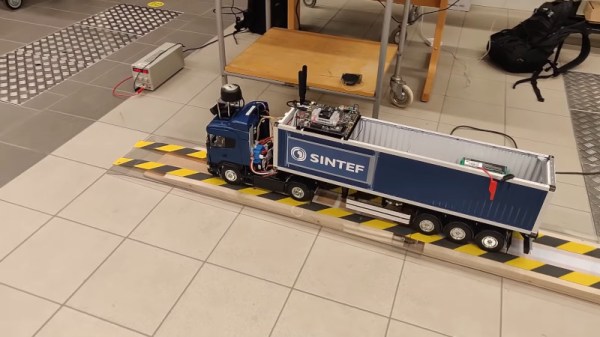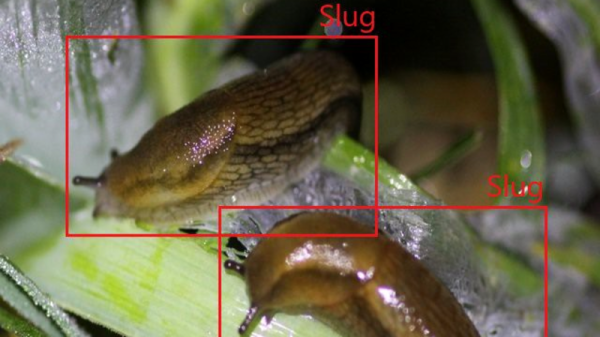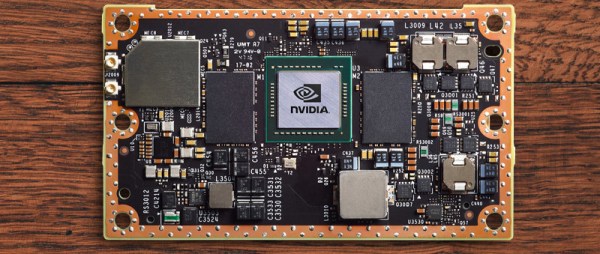RC cars are a fun pastime, but for many hackers, taking things to the next level involves making the cars drive themselves. For his Masters thesis, [Jon] did just that, building a self-driving robot truck that confidently cruises the floor of his laboratory.
The truck is based on a 1/14th scale Tamiya chassis, and had been fitted out by a prior group with an inductive charging system. On top of this platform, [Jon] added a Jetson TX2 to act as the brains of the system, hooking it up with a Slamtec RPLIDAR scanner to map its surrounding environment. There’s also a Teensy microcontroller onboard which handles synthesizing PWM signals for the radio control hardware that drives the truck, and a Logitech webcam up front for machine vision. The truck is capable of operating in a variety of modes, from full manual operation, to driving based on LIDAR mapping or with an AI controlling the truck based on camera data. The truck is programmed to drive a route including an inductive charging pad so it can keep its power levels up without human intervention.
It’s a great blueprint for a self-driving system, and [Jon]’s thesis goes into great detail on how everything works at the base level (available on this page as a 67 MB PDF). His Code is on Github for the curious. We’ve seen similar projects before too, like this robot that navigates its builder’s house using LIDAR. Video after the break.
Continue reading “Self-Driving RC Truck Is A Master’s Thesis In Cybernetics And Robotics”















